Cinthia Kunifas
Research and Training
My methodology as a dance teacher comes mainly from the creative process: Unknown Body. From this artistic experience three main elements arose, which constitute my main pedagogic pillars: the processes of perception; the micro movements and the stillness (LEPECKI, 2001).
Stillness is a pause, a moment of change of perception integrated in my way of doing dance, which comes from a concept of Somatics: Inhibition (Alexander Technique). It is the inhibition of external movements that results in the experience of micro movements. Stillness is a strategy that my body discovered to be able to keep dancing.
However, in the context of Unknown Body stillness is not only a creation strategy, but also a resistance act. The focus is in the performing artist’s body, who is invited to direct his/her attention to what is going on before the conscious intention to move him/herself.
In Lepecki’s words (2001):
[Stillness] It is not synonymous with freezing. Rather, what stillness does is to initiate the subject in a different relationship with temporality. Stillness operates at the level of the subject’s desire to invert a certain relationship with time, and with certain (prescribed) corporal rhythms. Which means that to engage in stillness is to engage into different experiences of perceiving one’s own presence.
CINTHIA KUNIFAS
As a teacher of the Dance and Theater Major at Paraná State University (Curitiba, Brazil), I organize my artistic and research practices around methodologies of dance training in laboratories of movement investigation. The goal of my pedagogy is to contribute to the education of individuals through the enlargement of perception of himself and of the world; Art being responsible for individuals/subjects encounters with themselves and with the other.
As movement trainer of CiaSenhas Theater Group in Curitiba and supervisor of Dance research projects and facilitator of community projects of non-dancers, my professional performance is a synthesis of the Dance; Somatics (Alexander Technique, Bartenieff Fundamentals) and Therapy (Somatic Experiencing®) fields.
2009 - 2014
Project Movement and Aging at Santa Clara and São Vicente de Paulo Elderly Care Home
Supported by Paraná State University
Coordination: Cinthia Kunifas
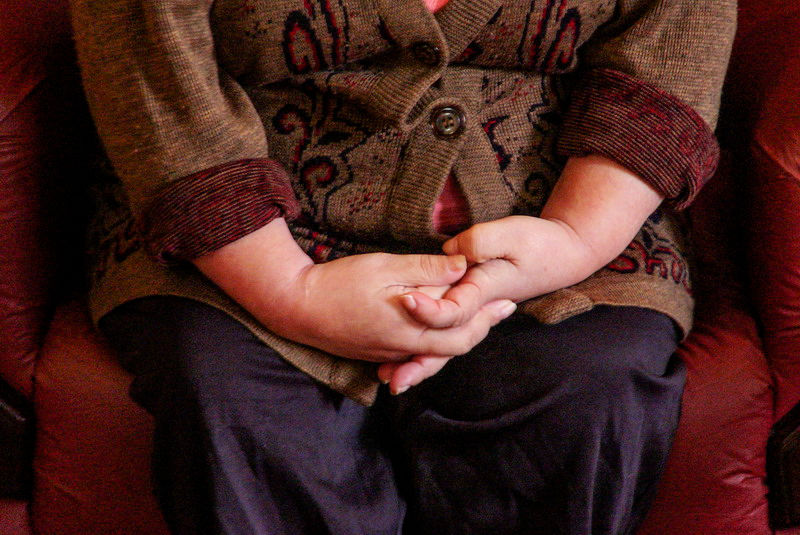


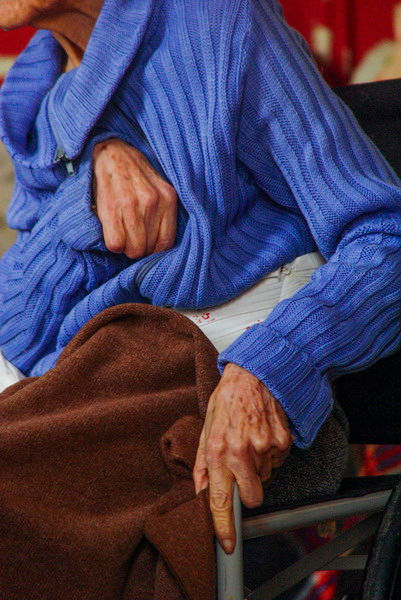












Photos by Sergio Ariel
The project Movement and aging began in 2009 with the name of Dance as Continuity to the residents of Santa Clara Elderly Care Home, in Curitiba. In 2012, the work migrated to São Vicente de Paulo where it remained until 2014. Both institutions are maintained by Paraná Social Agency and serve low-income elderly women in need.
Supported by Paraná State University and under my coordination the work is situated in the Dance and Somatics fields. Its goal is to promote better health and well-being through movement.
During six years of work, the invitation to movement conscious perception revealed itself as a mobilizing potentiality, which met a contrary force to its full realization: the immobility tendency promoted by the institution structure. From these conflicting forces – mobility and immobility – much was achieved, but not without partners collaboration. One of them was time. Insistence in this project created affective bonds, which became fundamental in the mobilization of the individual as a whole.
PARTNERS
The Masters research in Social Anthropology developed by Tatiane Limont Barcellos at Santa Clara and São Vicente de Paulo Elderly Care Home brought relevant discussions to the work about social control (Foucault). Discussions raised by the Accessibility Commission of Paraná State University, chaired by Andréa Sério, took the project to a new level in which the idea of access to Art and knowledge reached its maximum amplitude. Participation of the Dance Course students in their direct contact with the elderly bodies, in the approaches through words, touches and looks, strengthen the initial proposal, in which I was the only facilitator. This corpo-a-corpo between the youth and the elderly enlarged the student definitions of movement in Dance and movement in life.
Testimony of a Dance Course student in 2012:
One of the major lessons of this Project was the possibility of establishing an effective communication channel through a sensible and affective non-verbal approach – to affect and to be affected by others (ROLNIK, 1997).
The reality of the bodies tend to an abandonment. My sensations were ambiguous because while I felt awkward because of that reality, I also became enchanted by the positive responses from the stimulus proposed. The liveliness of those bodies, marked by different stories, are in another place…in simple and subtle movements.
2014-current

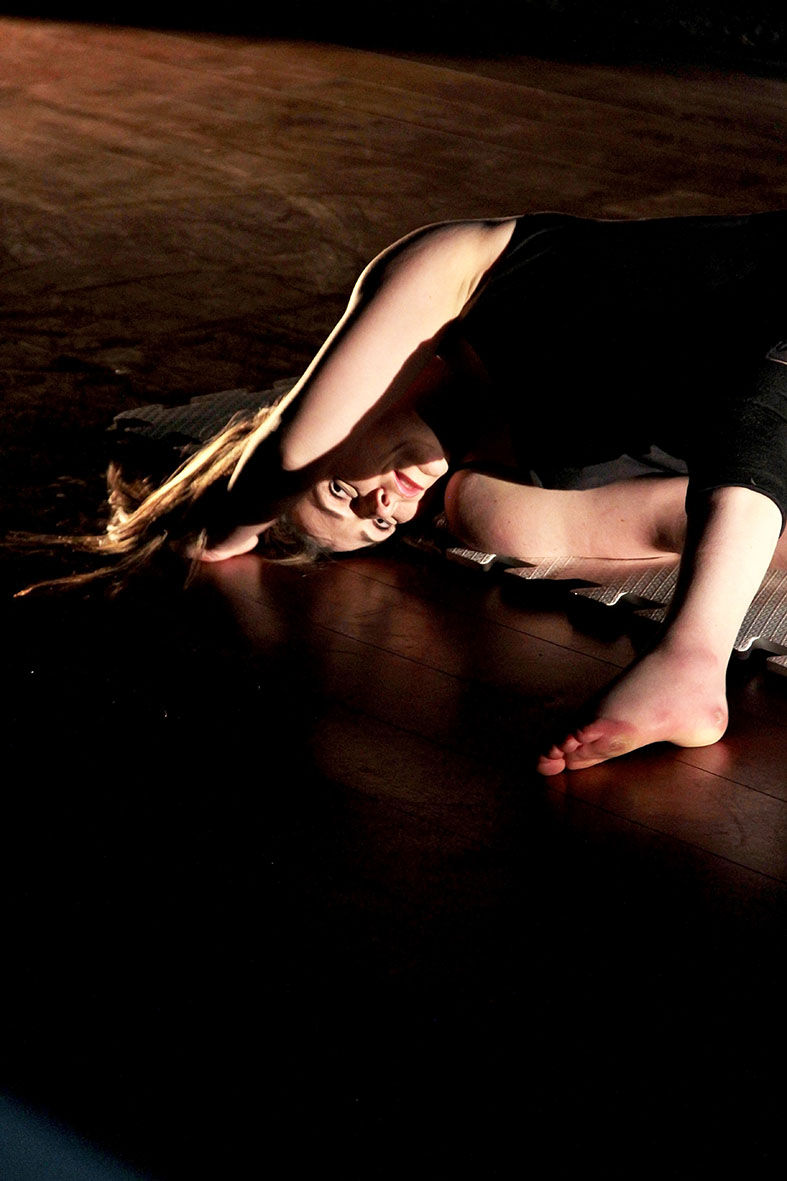

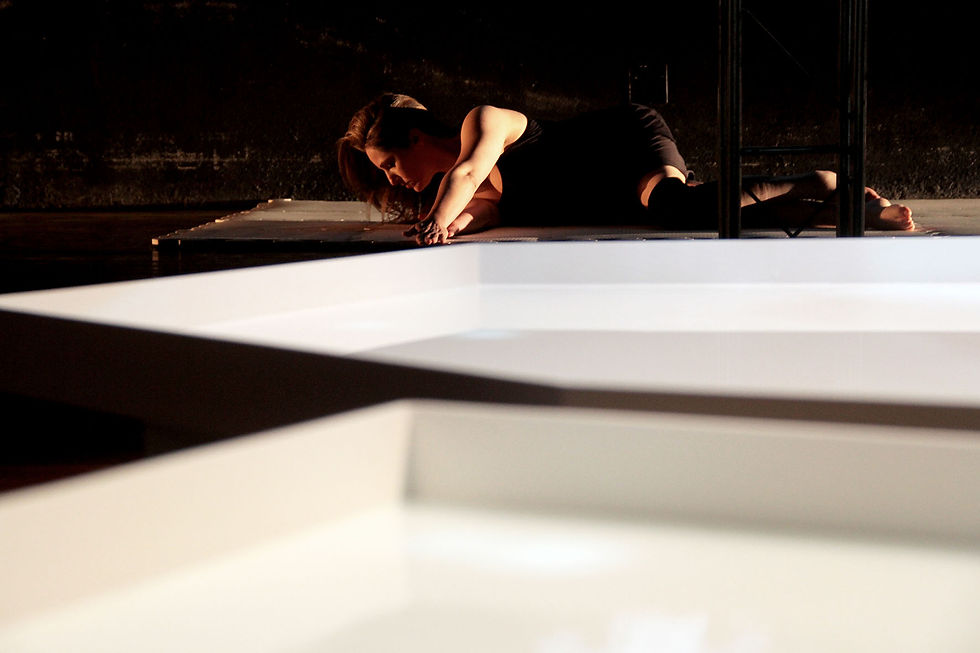
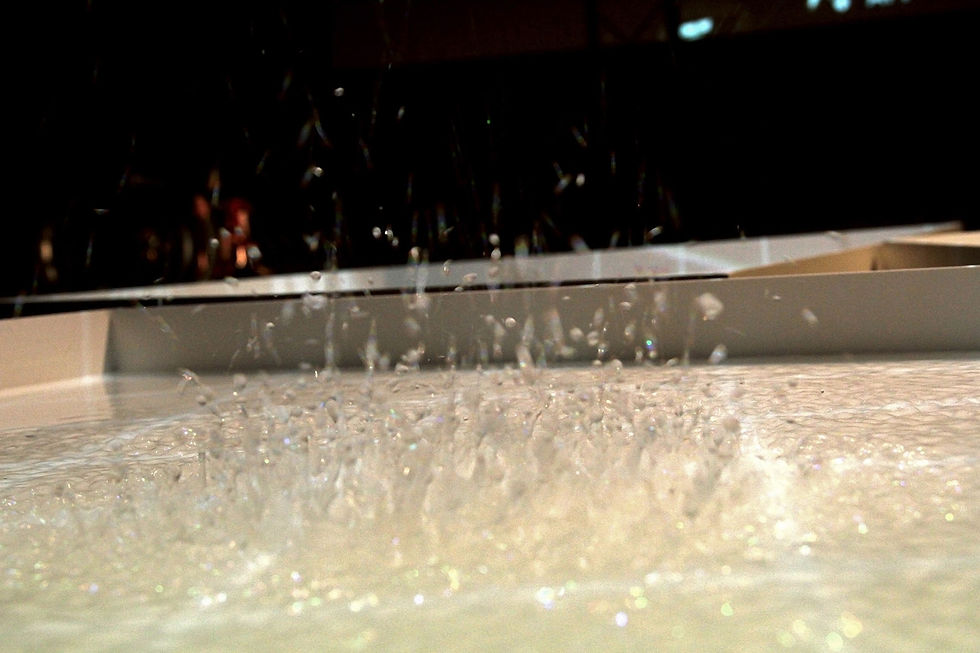
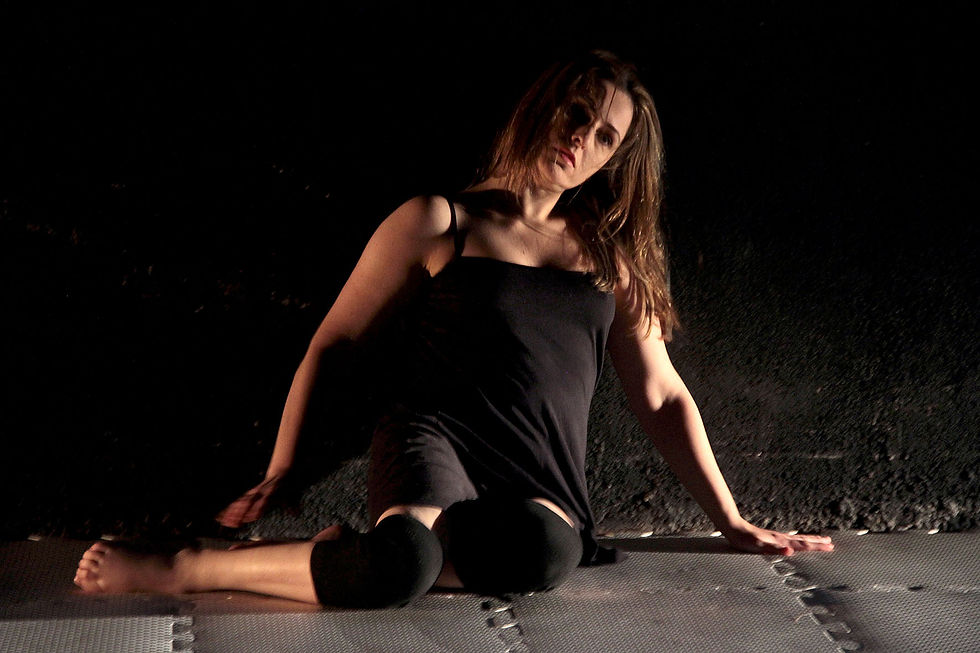






Nó movimento em rede, Curitiba
Direction: Andréa Sério
Teaching body awareness and improvisation classes to
Claudia Fantin
Facebook www.facebook.com/no.mov.rede
Affordance Project
Photos by Andréa Sério